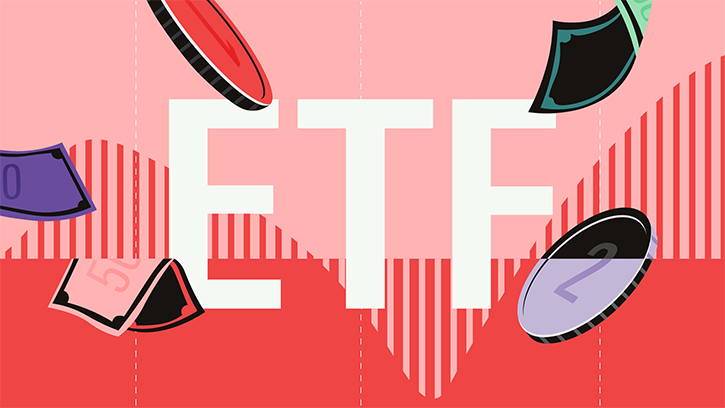First it was the larger more liquid companies that rose but since then lesser-known names have followed. Alan Torry, the head of US equities and technology at SG Asset Management (SGAM), says that: “Euphoria seems to be back – which is a little frightening.”
This strong growth spurt followed a period of intense misery which dated back to the peak of the market in March 2000. If the stockmarket i
n general was in pain the TMT sector was in agony.
The poor performance of TMT funds was reflected in fund manager views on the sector. In Morningstar’s European fund trends survey of May 2002 some 69% of managers said that the TMT sector had suffered irrevocable harm.
Yet only a year after the survey another reassessment of views seems necessary. Perhaps the critics of TMT went too far in the midst of the gloom induced by falling markets.
Sector renaissance
This sudden reversal of fortune raises an obvious question. What is to be made of the renaissance of the TMT sector?
The first thing to understand, as previously argued on these pages, is that the TMT boom of the late 1990s was misunderstood. Strictly speaking it was not a boom in technology but a financial boom in the technology sector. The TMT boom was the most striking expression of a general market bubble.
In the midst of hype about the prospects for technology a huge amount of speculative capital found its way in the sector. Investors who were looking for a quick return added their weight to the money surging into the sector. Indeed the concept of “TMT” only came into being at that time as each letter stood for a segment of the market which was popular at the time.
Mr Torry says that this boom affected the technology sector in two ways. Perhaps the best understood is that it pushed up the valuations of technology shares.
TMT firms became expensive relative to their assets or to their growth prospects. In the hype of what became known as the “new economy” some even believed that it was not important for TMT firms to make profits in the short or medium term. Their long term prospects were so great that they over-rode everything else.
Rapidly transformed
Another effect of the frenzy around TMT was that many firms rushed to become listed on the stockmarket. Small private companies were rapidly transformed into large public ones.
In many ways the experience of the last three years can be seen as the previous trends going into reverse. Clearly valuations of technology firms have fallen as prices have dropped steeply from their previously stratospheric levels.
In addition, the TMT sector has experienced considerable restructuring. Many technology firms have had to cut back or go out of business.
Paul Shutes, a product manager in the JP Morgan Fleming European equity group, says that: “The excesses that were seen in the latter part of the 1990s have broadly worked their way through the market.”
The hope now is that they are in better shape to take account of a general economic upturn. “A lot of tech stocks [shares] are cyclical in their nature,” says Mr Shutes. As companies invest in new technology to take advantage of a growing economy the TMT sector is likely to benefit most.
Massive boost
Certainly in the short term the American economy in particular is likely to surge as a result of a massive fiscal and monetary boost. The authorities have cut both taxes and interest rates in a concerted attempt to bolster economic activity.
Whether they succeed in the longer term is a more open question. Some authorities such as Stephen King, the managing director of economics at HSBC, have expressed doubts about whether the recovery can be sustained.
Mr Torry of SGAM says that he was behind the technology rally at the start but he is now getting anxious about valuations. As a result he has pushed up the cash levels on the technology funds he manages towards their maximum of 10%.
Certainly Mr Torry, like other technology managers, is unlikely to welcome a return to the excesses of the late 1990s. “I’m hoping for a fairly quiet summer,” he says.


















